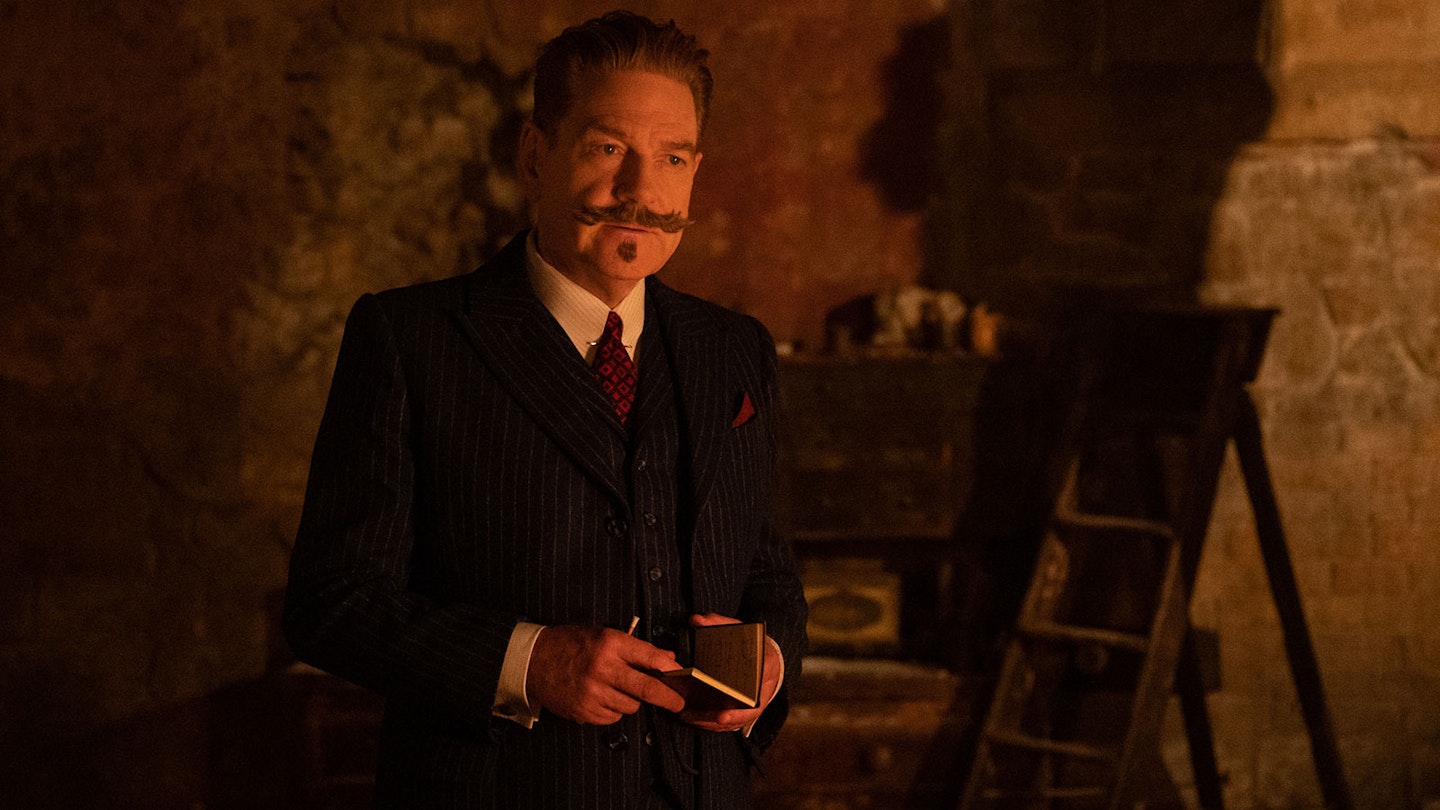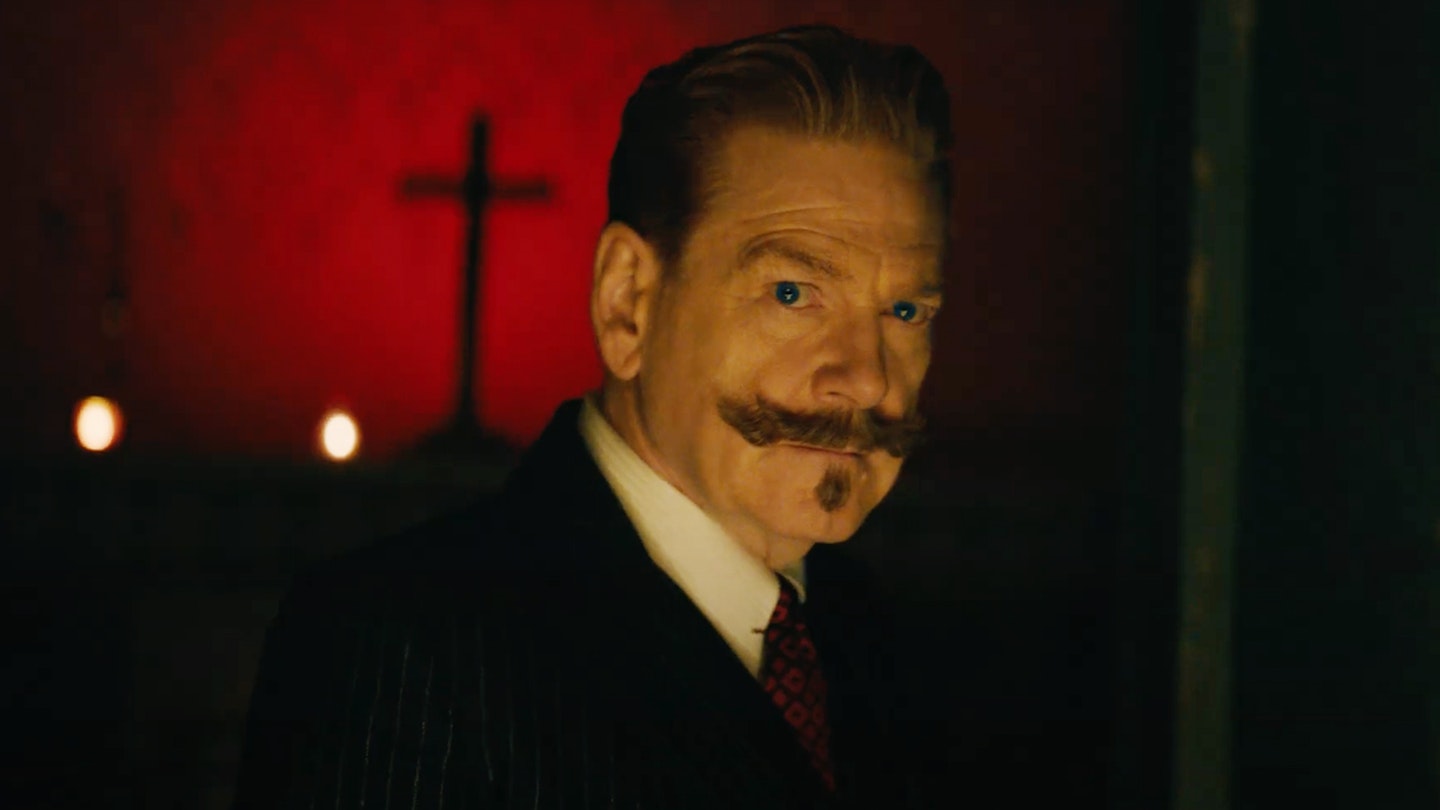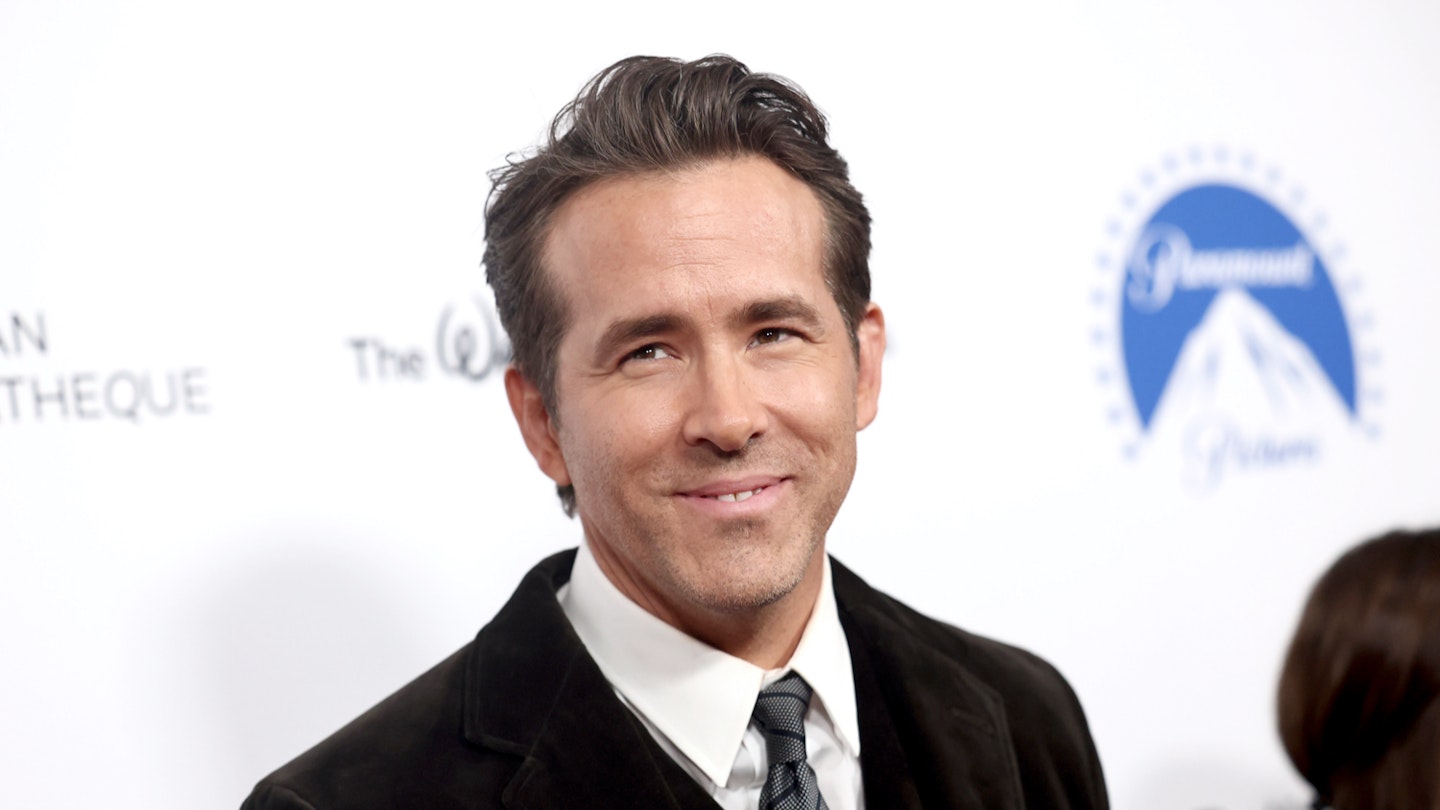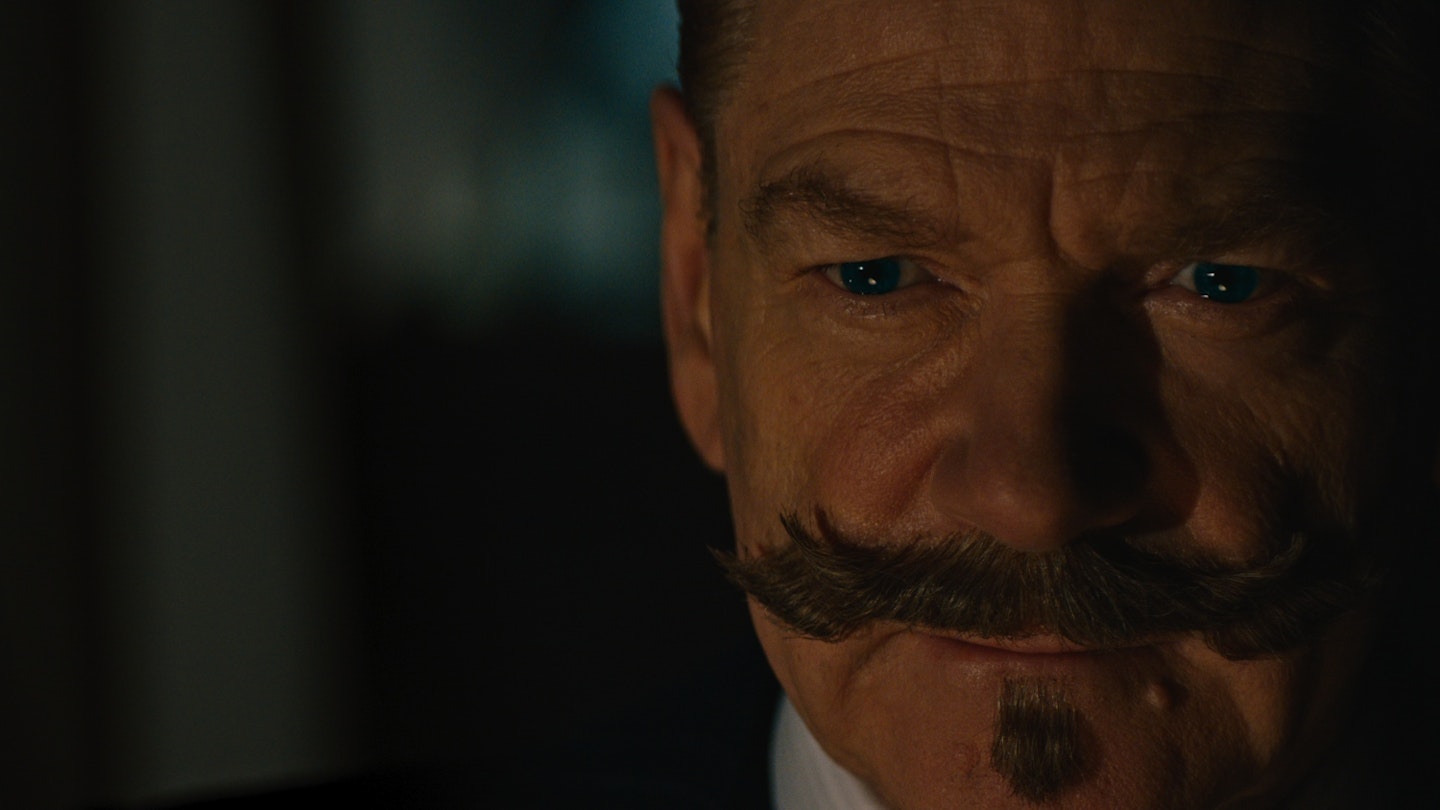Both the selling-point and the limitation of the Poirot films is that you know exactly what you’re getting. The time-period and the tone are so set in stone that it requires a fresh A-list cast of suspects and new scenic location to differentiate each from the last (see also: Bond, Fast & Furious). So credit where it’s due to Kenneth Branagh, who has given this a shockingly different feel even while hitting all the necessary beats.

The first slight change wrought by Branagh and writer Michael Green is the time-period: contrary to the traditional Agatha Christie interwar setting, this takes place in 1947. Poirot (Branagh) has retired from detecting, much to the chagrin of many would-be clients who camp outside his door nightly and are repelled by his bodyguard Portfoglio (Riccardo Scamarcio). But the arrival of his pal Ariadne Oliver (Tina Fey), a crime writer, tempts him back. She wants him to debunk the work of psychic Mrs Reynolds (Michelle Yeoh), who has lined up a Halloween séance in the crumbling palazzo of grieving opera diva Rowena Drake (Kelly Reilly).
This new tactic of rewriting obscure Christie novels with wild abandon shows real promise.
There’s a creepier energy here, the plot packed not only with murders but possibly paranormal events, out of keeping with standard whodunnit vibes, Poirot struggling to separate ghost from reality. To emphasise the eeriness, Branagh gives free rein to his long-standing weakness for a Dutch angle, tilting the camera every which way, looking for the creepiest corners of the storm-wracked palazzo, while cinematographer Haris Zambarloukos keeps the lighting just the right side of dingy.
Surrounding Branagh’s reliable Poirot, it’s a mixed bag. Fey brings screwball energy to Oliver, while Reilly seems both delicate and desperate. But Yeoh doesn’t get to do much more than pose, make vaguely sinister statements and be insulted by both Poirot and Oliver. The Belfast reteaming of Jamie Dornan and Jude Hill gives the latter more to do, oddly, though Dornan is suitably twitchy as a veteran with PTSD.
In the end, it still comes down to a gathering of the survivors for a grand reveal and an impossibly convoluted explanation. Some things are essential — and we wouldn’t want this old dog to reveal too many new tricks. Strain too hard for change and you end up with backstories for facial hair and similar madness. Still, this new tactic of rewriting obscure Christie novels with wild abandon shows real promise.




